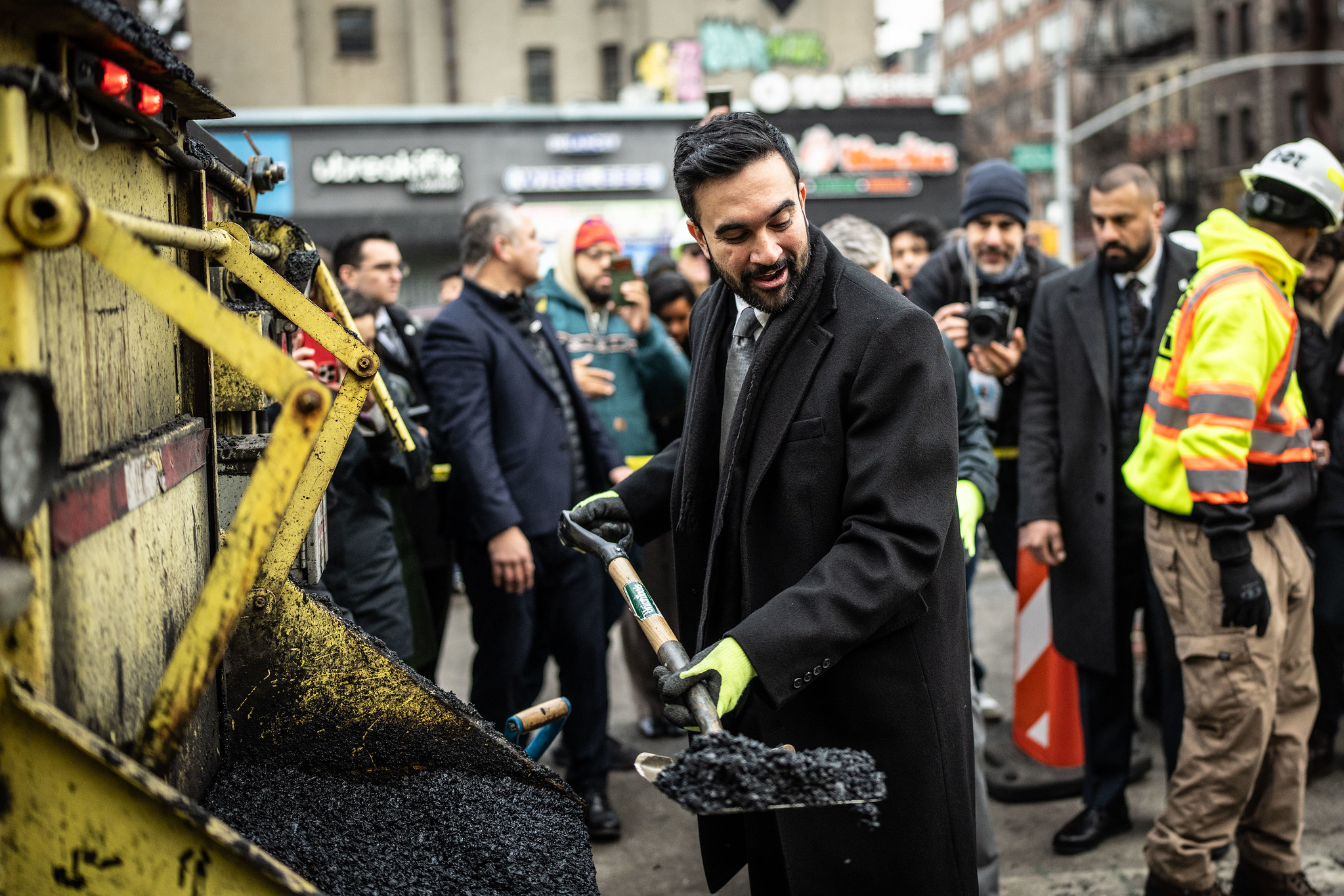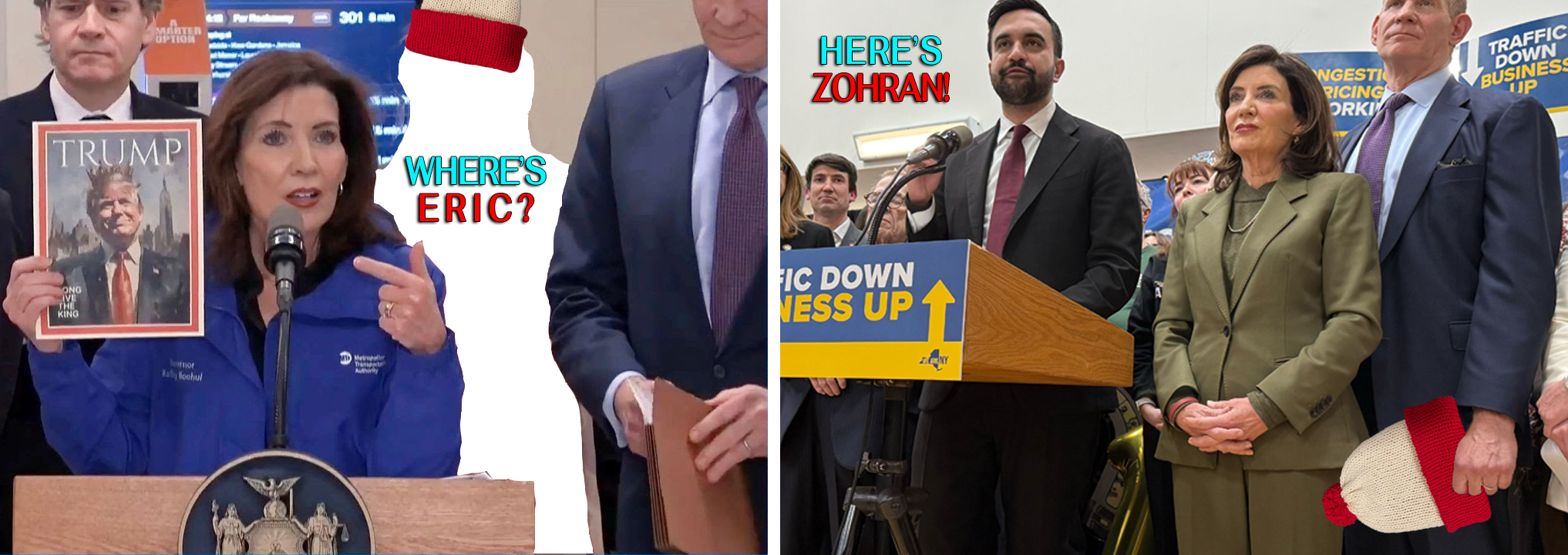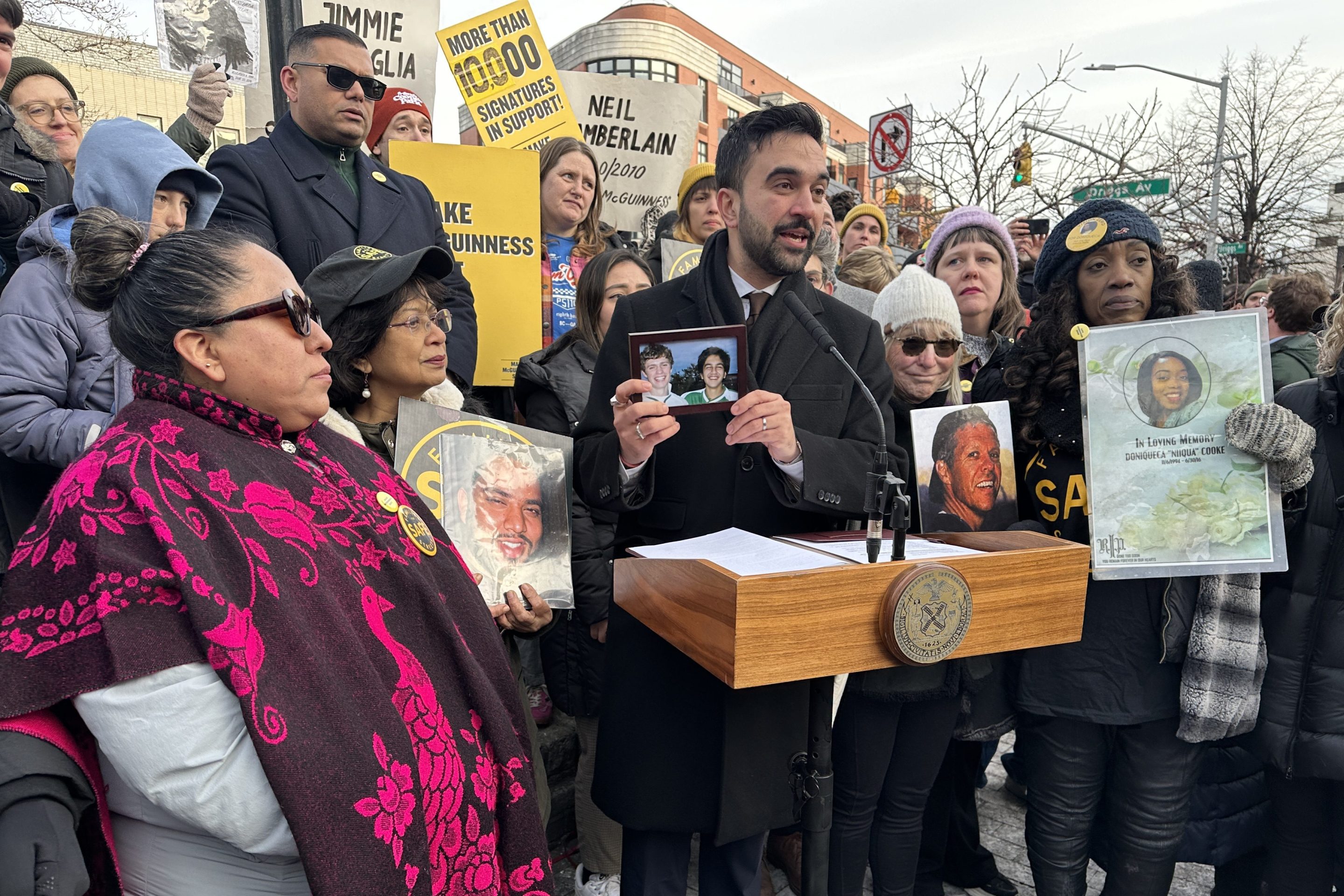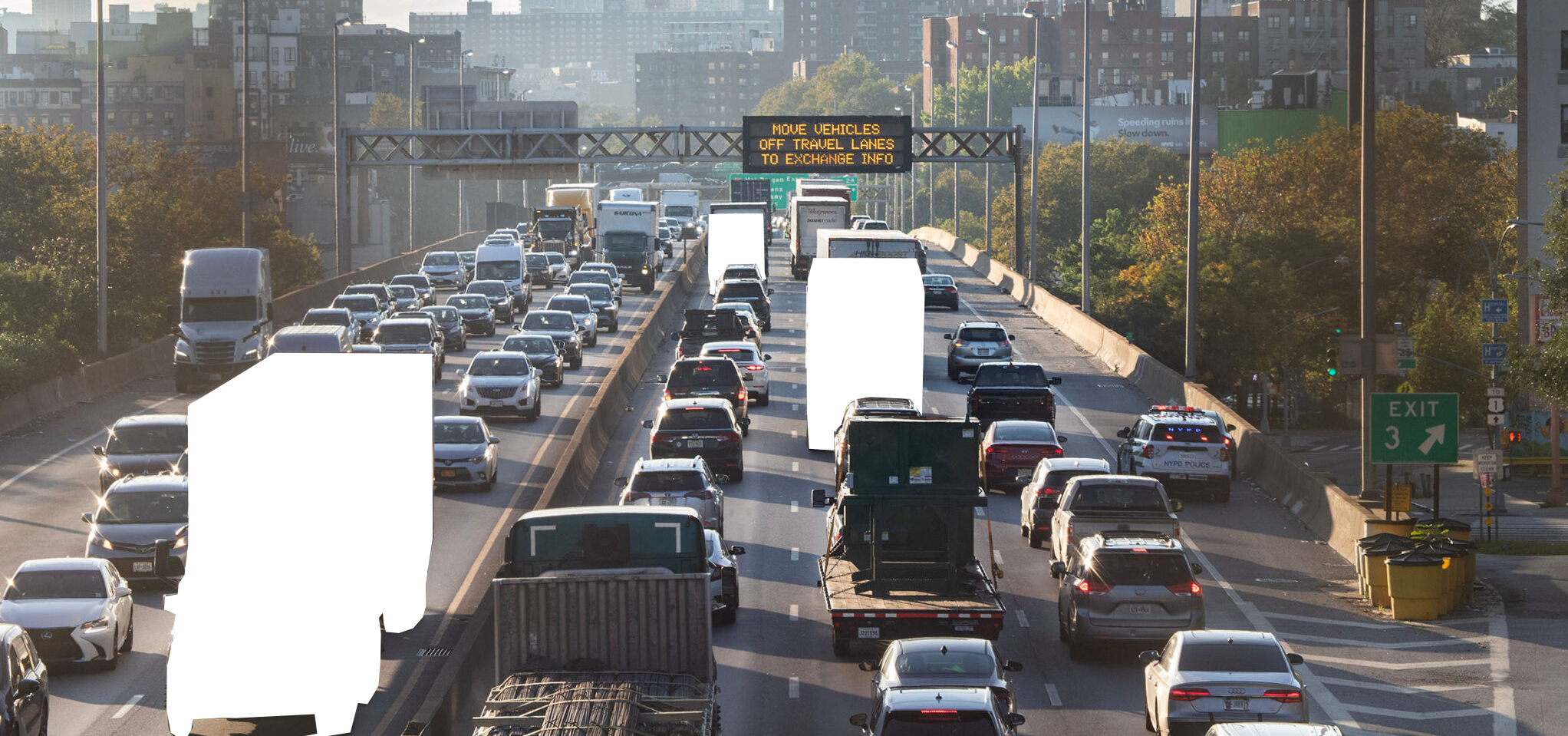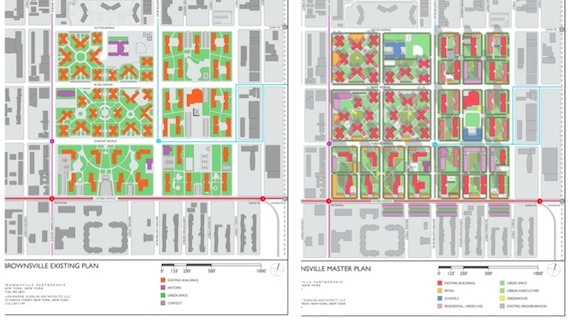
Leaders in New York City's public housing community are interested in transforming city-owned superblocks into mixed-use, mixed-income communities that engage with the pedestrian realm. There are of course many obstacles to this kind of ambitious project, but only one was identified specifically in a Municipal Art Society panel on the topic last Friday: the city's own parking requirements.
Developing existing NYCHA land could bring a wide variety of benefits to both public housing residents and the surrounding communities, said John Rhea, the chairman of NYCHA, and his fellow panel members. On the one hand, he explained, the housing authority has a $6 billion backlog of necessary maintenance exacerbated by declining federal funding. On the other, New York City's relative success with public housing stems from its commitment to serving both low- and middle-income households. Infill development, said Rhea, means "we can do a lot more to ensure that the income diversity is stronger."
Infill development also would allow the city to undo some of the design drawbacks of the tower-in-a-park style housing project, common in many parts of the city. A plan put forward by Rosanne Haggerty, the president of the homelessness prevention organization Community Solutions, for four adjacent housing projects in Brownsville would build between 700 and 1,000 units without displacing a single resident, she said. Her organization's design would break up the existing superblock by restoring the original streets back through the housing project and put new buildings facing the sidewalk, recreating the traditional pedestrian environment. "Those blocks can reknit into the surrounding street grid," said Haggerty. Surface parking lots would be replaced with new housing, retail, schools and green space under Haggerty's plan.
Standing in the way of this kind of revitalization, however, are the city's antiquated parking requirements. "With a certain density of housing, you have to build a certain amount of parking," said Rhea. "Certain zoning rules may need to be reconsidered." Currently, parking minimums are in place for public and publicly-assisted housing built anywhere in the city, even in the Manhattan core where market-rate development is subject to parking maximums. Rhea said that he's in the middle of conversations with the Department of City Planning about whether their rules are "working against us instead of supporting us."
NYCHA is able to pursue some infill projects despite DCP's parking requirements, but Rhea said it's difficult. According to a 2005 report commissioned by the city, NYCHA has abandoned recent attempts to build out some of its sites due to parking minimums. At the St. Nicholas Houses, said Rhea, the authority was able to build a new school with the Harlem Children's Zone on top of a former parking lot because a remapping of 129th Street -- the first remapping of a street through a public housing superblock in the city's history -- provided enough new on-street spaces to compensate for the lost lot.
George McCarthy, the director of the Ford Foundation's Metropolitan Opportunity portfolio, said that he works in nine regions trying to connect public housing residents to good transit. "It really begs the question about parking," he said, given that New York City's public housing generally already has such good transit access. He called for eliminating the requirements and allowing NYCHA to build parking only as needed. "Why do we continue to permit ourselves to build institutions that hamper our ability to provide enough housing?" McCarthy asked.
